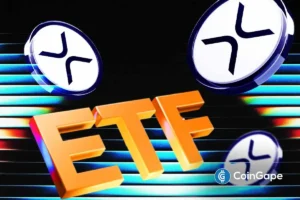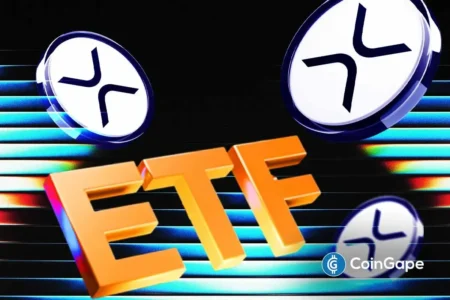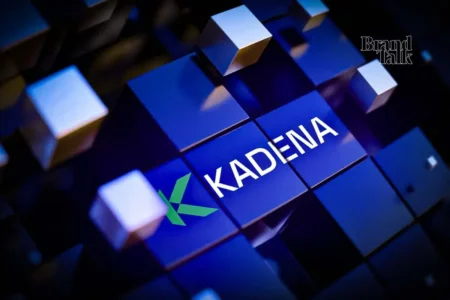Title: SEC Issues New Disclosure Guidance for Crypto Asset Securities: What You Need to Know
Introduction
As the U.S. Securities and Exchange Commission (SEC) moves towards regulatory clarity in the cryptocurrency space, its Division of Corporation Finance has released new guidance aimed at issuers of crypto assets that qualify as securities. This guidance is designed to enhance transparency, ensuring that market participants are well-informed regarding business operations, inherent risks, and financial statements. In this article, we’ll explore the key aspects of the SEC’s disclosure requirements, the impact on issuers, and the broader implications for the crypto market.
Understanding the SEC’s Disclosure Guidance
The SEC’s newly published guidelines provide a comprehensive framework for companies involved in crypto asset securities. Highlighting clear communication, the SEC urges issuers to detail their business operations, including revenue streams, transaction verification methods, and development timelines. This initiative aims to alleviate ambiguity in crypto asset disclosures, thereby fostering a more informed environment for investors. By establishing this clarity, the SEC hopes to streamline compliance for issuers while promoting a more accountable market structure.
Critical Components of Disclosure Requirements
Under the SEC’s guidance, issuers must provide a "materially complete description" of the securities they offer. This encompasses the rights attributed to holders, as well as technical specifics such as the divisibility of the crypto asset and the functionalities of any associated smart contracts. By outlining these elements, the SEC aims to create a consistent standard that enhances investor understanding and mitigates misinformation or vague representations regarding crypto investments.
Addressing Risk Factors in Crypto Investments
Another crucial component of the SEC’s guidance is the emphasis on risk disclosures. Issuers are required to provide information on various risk factors associated with their operations, including security vulnerabilities, potential volatility, liquidity issues, and supply dynamics of the crypto asset. This move underscores the SEC’s commitment to fostering greater transparency and investor protection in an inherently volatile market. By mandating these disclosures, the SEC is helping to equip investors with the necessary tools to evaluate the inherent risks of their investments in crypto asset securities.
The Role of the Crypto Task Force
The SEC’s guidance arrives alongside efforts spearheaded by the Crypto Task Force, led by Commissioner Hester Pierce. This task force is instrumental in clarifying the status of crypto assets as securities and establishing appropriate regulations. Although the task force has not designated specific assets as securities, it acknowledges the need for transparent disclosures to protect investors and uphold market integrity. By aligning the guidance with ongoing regulatory efforts, the SEC aims to bridge the gap between current practices and future regulations in the crypto landscape.
Recent Developments in SEC Regulations
In recent months, the SEC has ramped up its efforts to clarify regulations surrounding cryptocurrency. Notably, it recently specified that dollar-backed stablecoins operating at a 1:1 ratio with the U.S. dollar do not fall under securities regulations, as they are primarily used for payment purposes. Additionally, proof-of-work mining has been exempted from securities obligations, and the SEC clarified that certain memecoins do not qualify as securities. These developments indicate the SEC’s proactive stance in delineating which crypto assets are subject to regulatory oversight, further highlighting the evolving landscape of crypto regulation.
Conclusion
The SEC’s disclosure guidance for issuers of crypto asset securities marks a significant step toward regulatory clarity in the cryptocurrency market. By providing detailed expectations for disclosures regarding business operations, risk factors, and financial statements, the SEC aims to enhance transparency and protect investors. As the crypto landscape continues to evolve, staying informed and compliant with the SEC’s guidance will be essential for issuers and investors alike. With the Crypto Task Force’s ongoing efforts and the SEC’s recent clarifications, the journey toward a more structured and accountable crypto market is well underway.
















